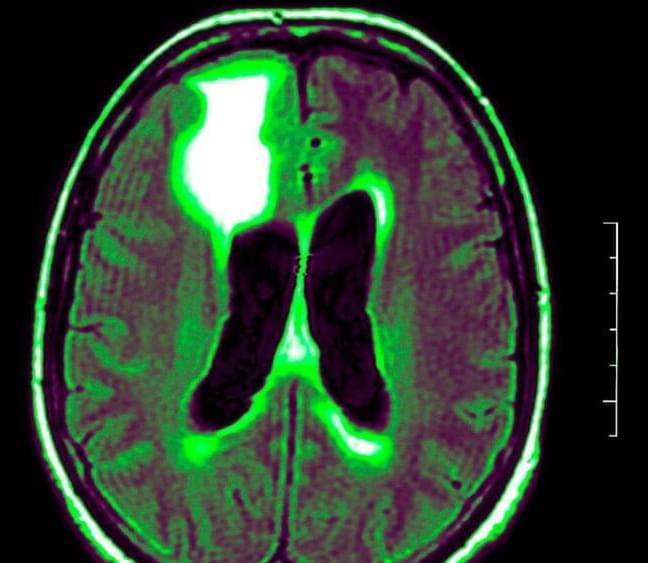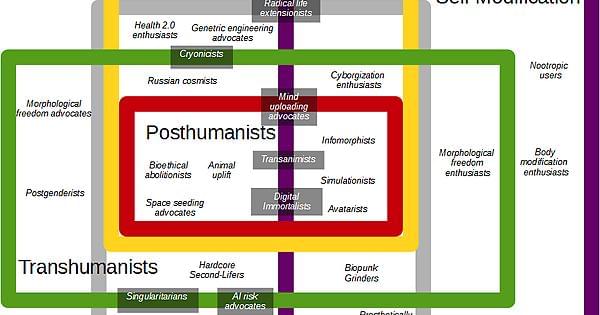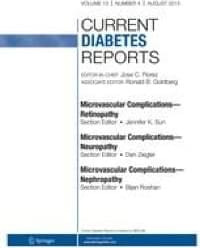This treatment could benefit people with conditions like ADHD.
A collaborative study between scientists from the University of Birmingham in the U.K. and Beijing Normal University in China has shown that non-invasive light therapy could be used to improve short-term or working memory by around ten percent.
Using electroencephalogram (EEG) monitoring.
BSIP/Getty Images.
According to a press release published by the University of Birmingham, the laser treatment called transcranial photobiomodulation (tPBM) is delivered to the right prefrontal cortex.







